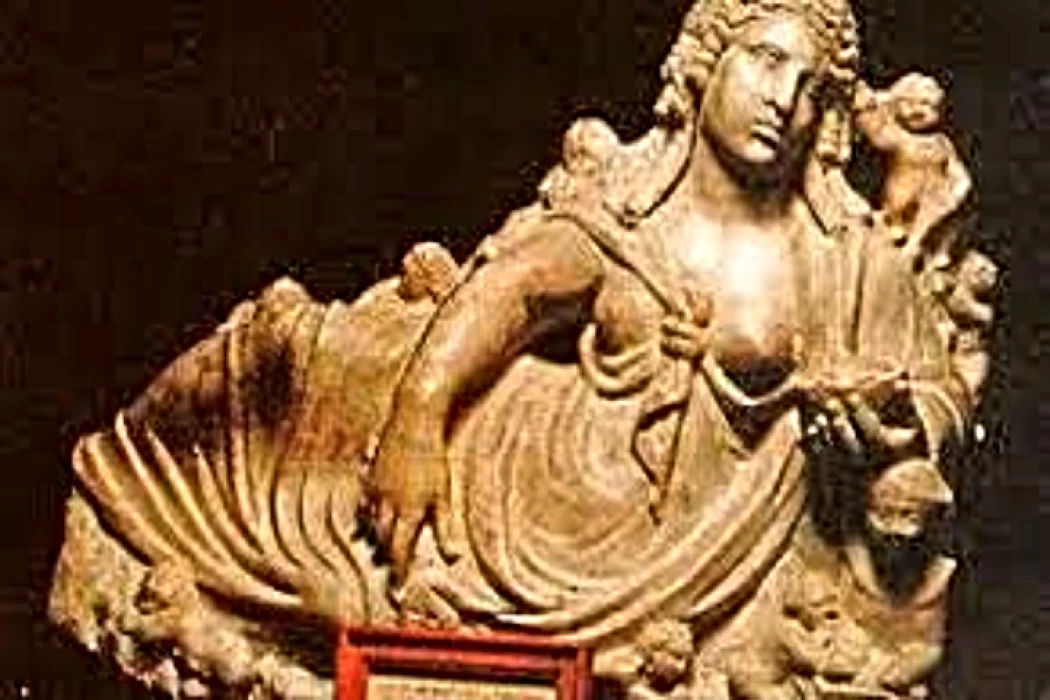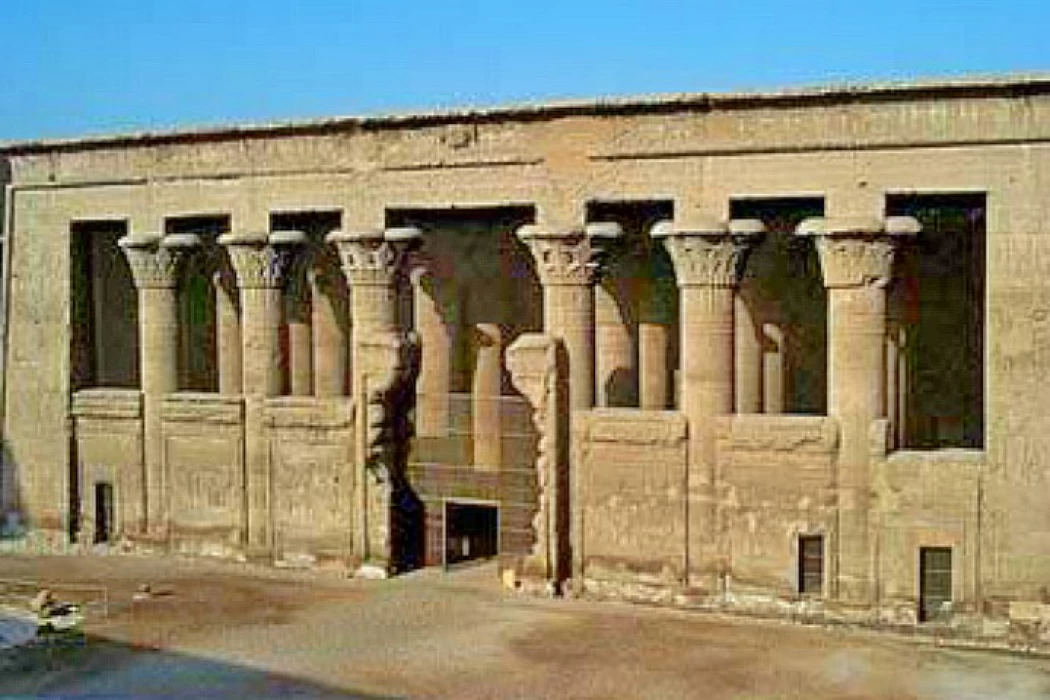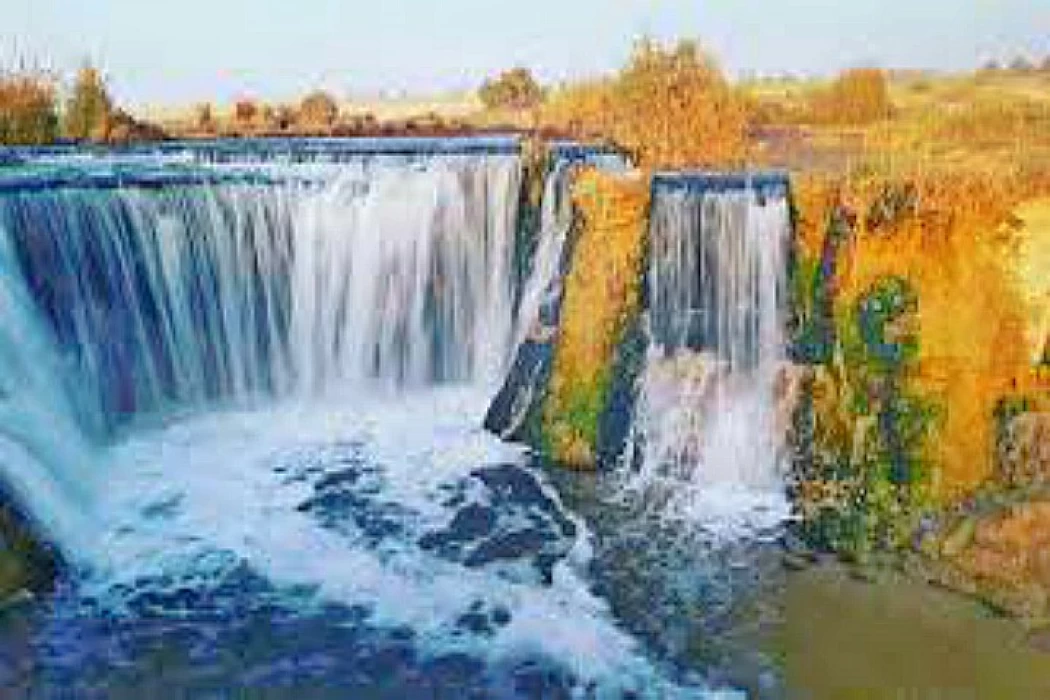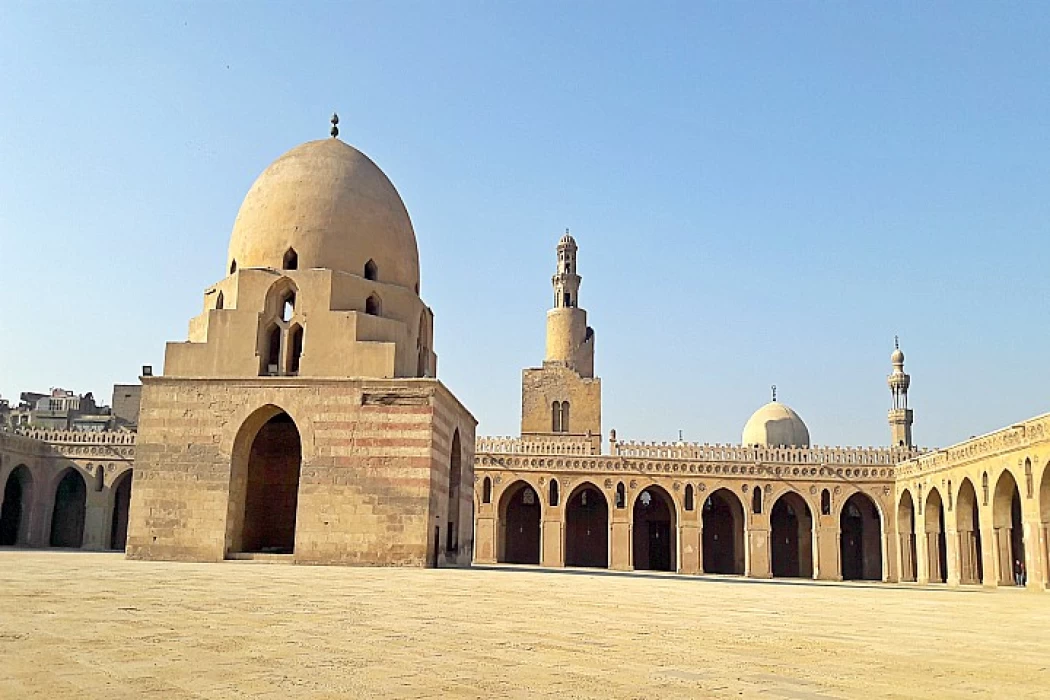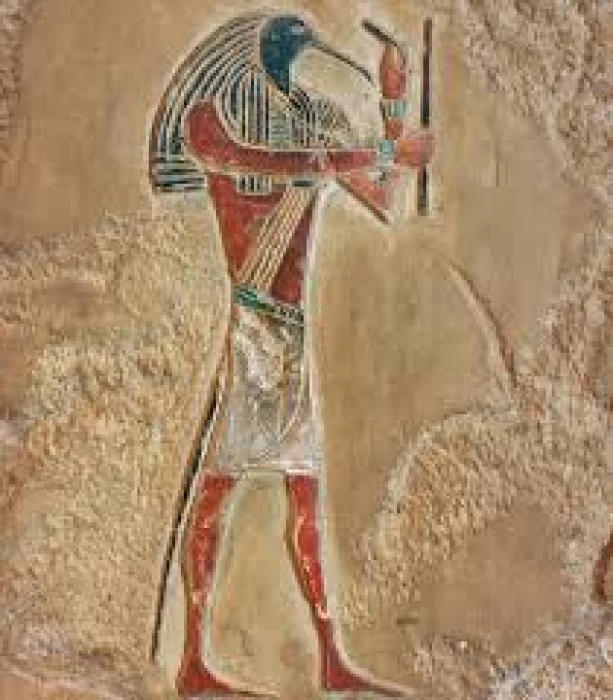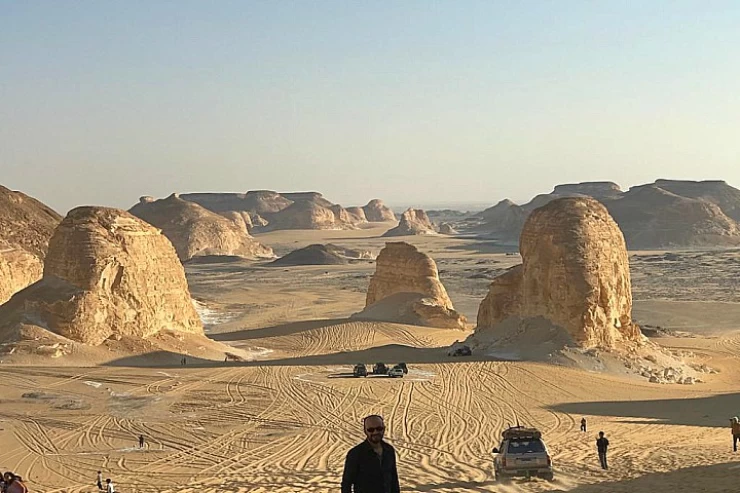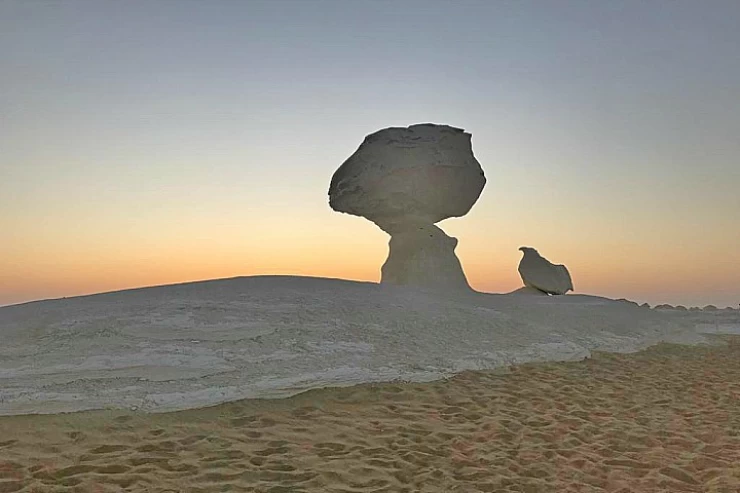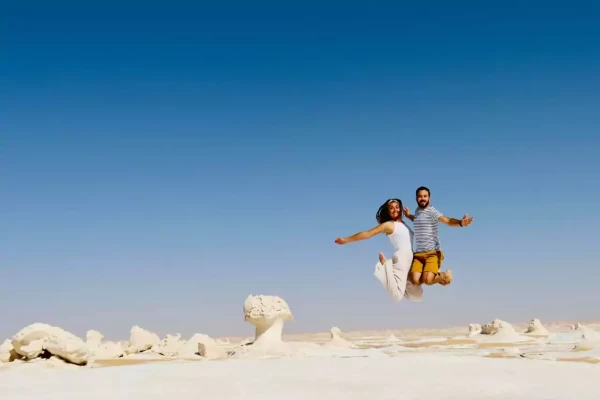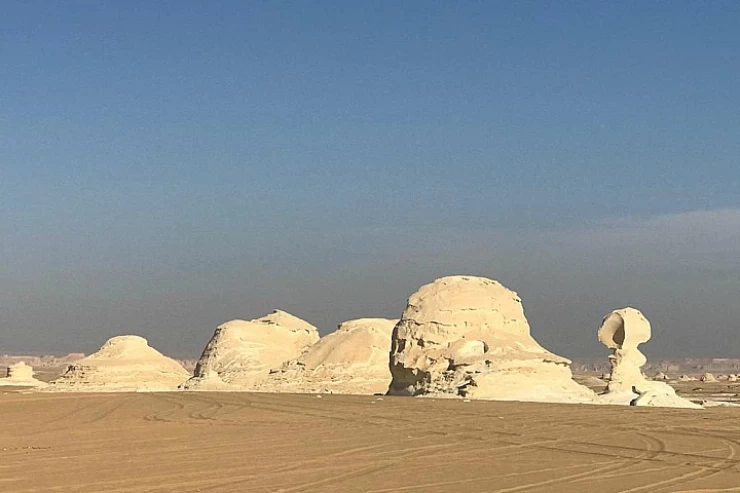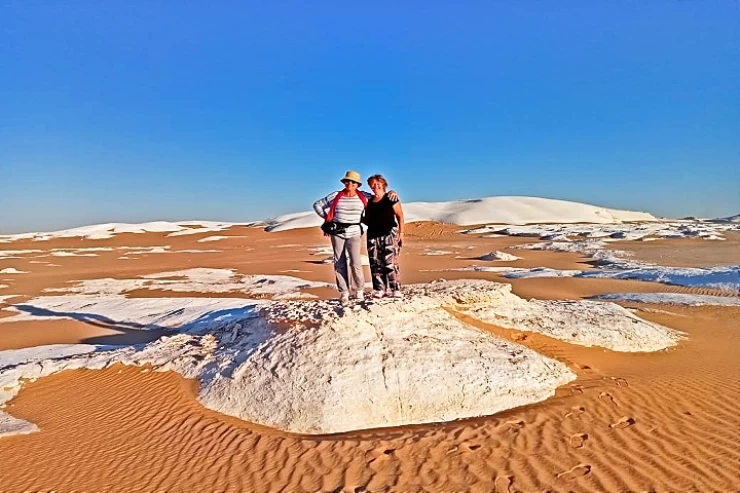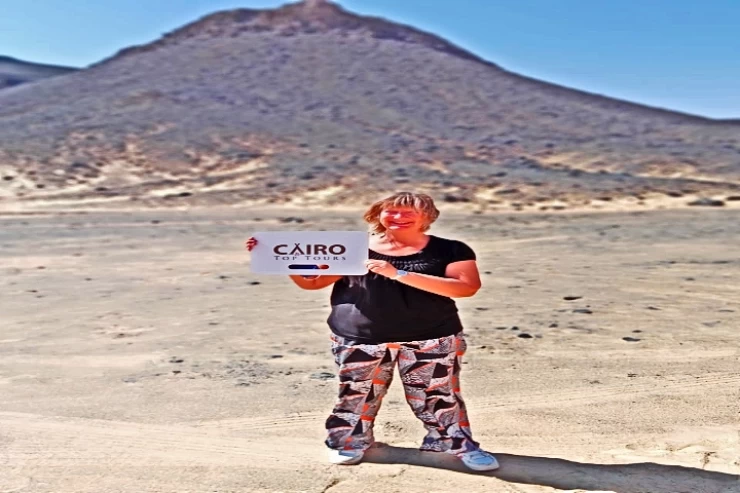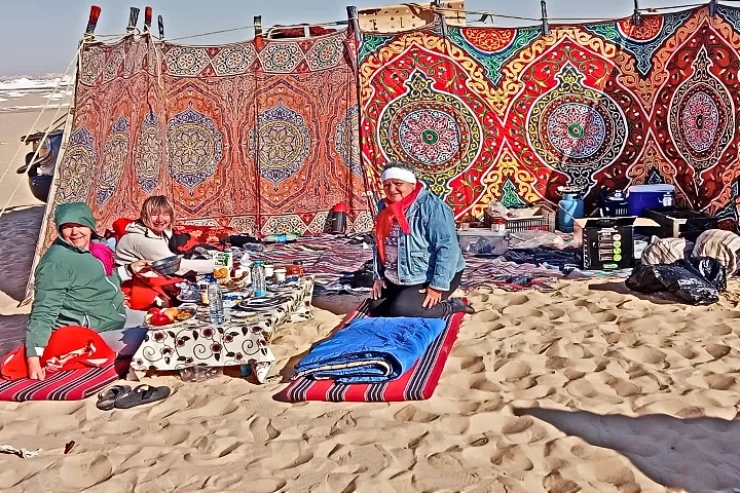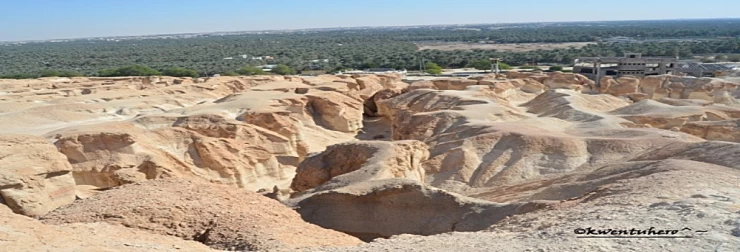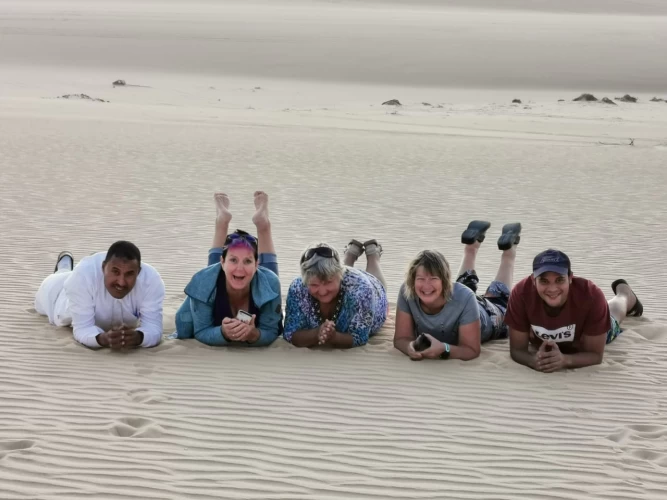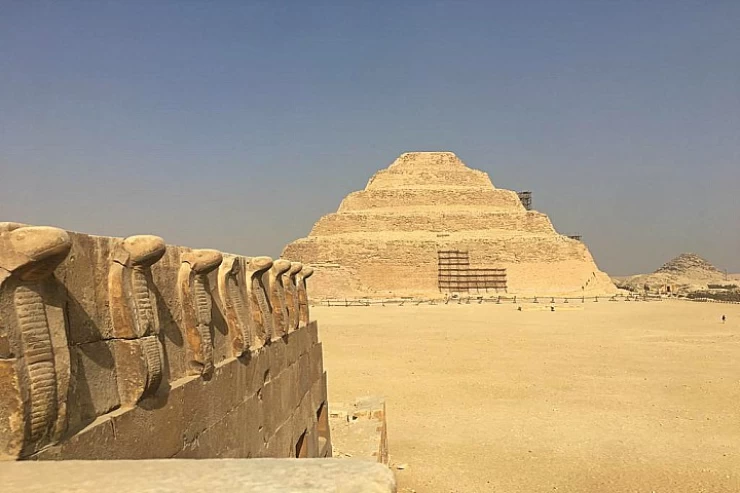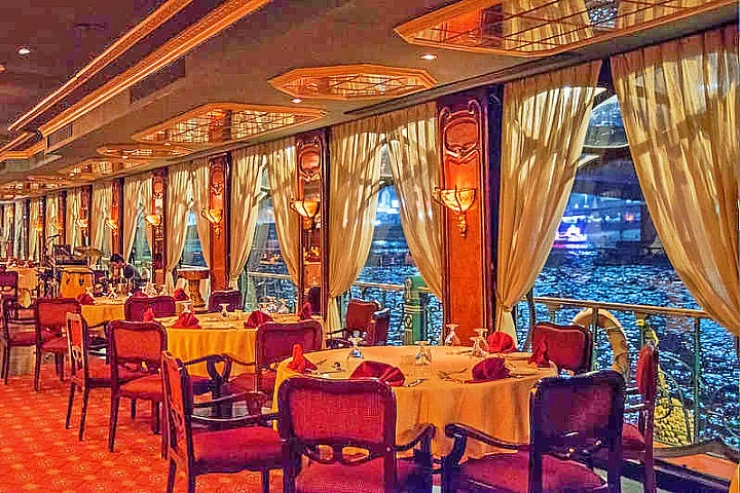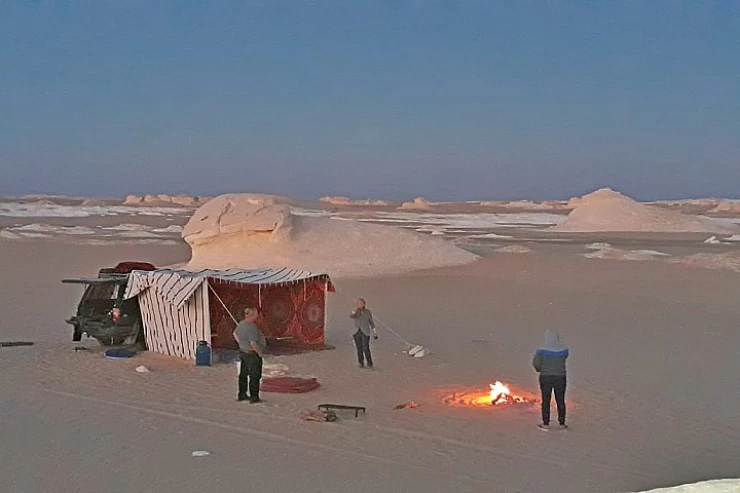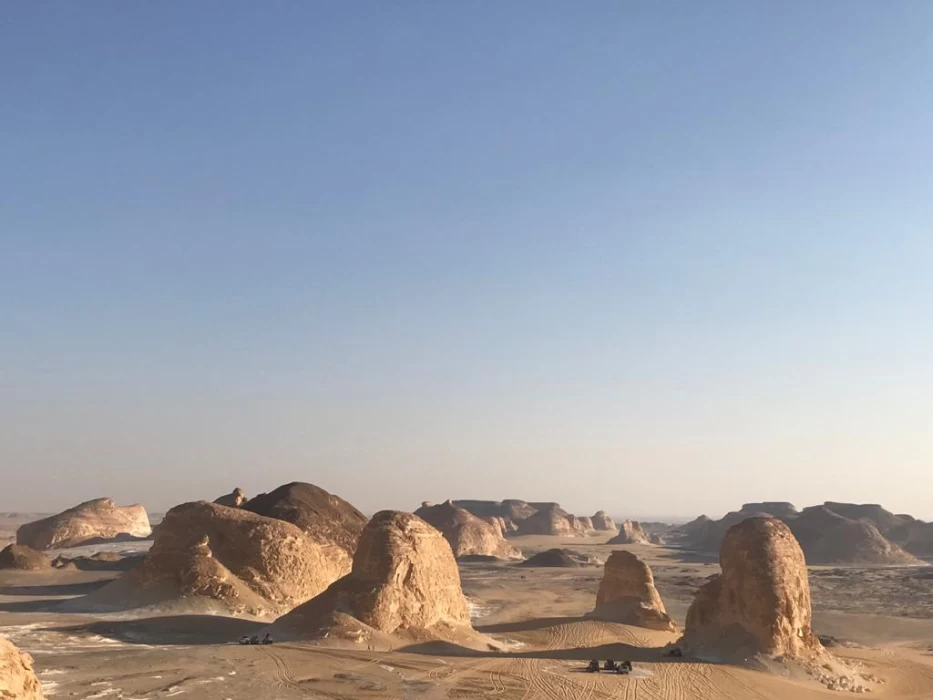
Bahariya Oasis
Bahariya Oasis
The Bahariya Oasis, which belongs to the Giza Governorate, consists of a wonderful nature that attracts people to it, in addition to the wonderful climate and what it contains of monuments and stunning landscapes. There is this oasis on a depression with more than 400 springs of water of different types, such as mineral and sulphur water, and the most special feature of this oasis is the presence of archaeological places that allow you to diversify tourism, whether safari tourism or others.
This oasis used to belong to an ancient Greek province, Oxyrhynchus, which had many Ptolemaic monuments, manuscripts, and stelae and remained until the Roman era and included both Roman and Egyptian soldiers together. After Christianity entered Egypt, they called it Bahnsa, but it went through difficult times in the presence of King Hadrian and King Neopatia, who destroyed more than one village in the Bahariya Oasis.
The Bahariya Oasis specializes in the growing of many products, like citrus fruits and aromatic plants, but the most famous thing produced by the Bahariya Oasis is dates because of the presence of thousands of palm trees, and these dates are exported to many countries, especially North African countries.
In history, the Bahariya Oasis was present a lot, but it appeared for the first time during the Hyksos rule of Egypt. Most of its history and monuments belong to the 26th Dynasty of the New Kingdom, so let's talk about some of the monuments found in the Bahariya Oasis.
There are many wonderful archaeological areas in the palace area, most of which are Pharaonic monuments, so it is a distinctive area that tourists from all over the world come to.
There is a sandy plateau surrounded by some agricultural land and mountains, and this plateau has 4 temples, including a temple for the 26th Dynasty.
There is also a tomb for the first ruler of the Bahariya Oasis region, which dates back to the 18th Dynasty, which is the ruler Amenhotep Hawi, and there is a large temple in the Tebinia area that was built from limestone, but it belongs to King Ahmed II of the 26th Dynasty, as there is also the second temple of Alexander the Great and many other wonderful monuments in the Qasr area.
As for the current capital of the region, which is Al-Bawiti, it has many archaeological sites that are always visited by tourists:
It includes several areas with monuments; for example, the Youssef Selim and Sheikh Sobi areas each have six colourful tombs with inscriptions on them.
There is an area called Al-Farouj that has a huge tomb of the Ptolemaic era about the bird Apis, and there is also a tomb of King Panetio of the 26th Dynasty, which is an important historical reference to know the way they used to engrave on the walls.
The most important discovery there was the tomb of the Valley of the Golden Mummies, which was discovered by the Egyptian scholar Dr. Zahi Hawass. It was called the Golden Tomb because all the mummies inside it have golden masks, and these mummies are written in hieroglyphics, which indicates the importance of this region, which has many important archaeological sites that tourists come to annually.
There are also some other important archaeological places, such as the Temple of Alexander the Great, which has the oldest cartouche with his name written on it. This temple is dedicated to the god Amun, and this is the most distinctive feature of the temple.
There are also some Christian monuments, such as St. George's Church, which was built in the fourth century AD. Also, there is the possibility of safari tourism, where you go visit the White Desert sites or try to visit Crystal Mountain, which has its crystal clear quartz, and go to the numerous sulphur springs that site much of the definition of medical tourism.
Bahriya Oasis is an attraction that is very natural and has many natural and tourism sites that will attract tourists from all over the world with their diversity in tourism experience.
Latest Articles
Admin
The Graeco-Roman Museum
The Greco-Roman Museum of Alexandria is Egypt's most important archaeological museum, displaying a wide and impressive array of antiquities of the Roman and Greek periods, a testament to Alexandria as a hub of culture and civilization in the ancient world.
Admin
Temple of Khnum
The Temple of Khnum in Esna is a great religious monument that stands as a living record of the excellence of Egyptian artists and priests during the Ptolemaic and Roman eras and should attract every lover of Egyptian history and civilization.
Admin
Beni Hassan Tombs
The tombs of Beni Hassan are among the most prominent evidence of the greatness of ancient Egyptian civilization, as they reflect the Egyptians' mastery of architecture and sculpture, as well as the minute details documenting aspects of their daily life and religious beliefs. These tombs, which date back to the Middle Kingdom, are not just burial sites but archaeological treasures that reveal the nature of Egyptian society at the time as well as its political and economic relations.
Admin
Wadi El Rayan
Wadi El-Rayan is one of the most important natural tourist attractions in Egypt, especially in Fayoum, where there are many wonderful places such as waterfalls and springs for medical tourism, as well as mountains for safari and camping.
Admin
Muslim Conquest in Egypt
Egypt became part of the Islamic world and played a pivotal role in Islamic and Arab history. The conquest had a different aspect than many conquests, as it was characterized by organization and negotiation, as well as military power.
Admin
God Thoth
Thoth served as the spiritual representation in Egyptian mythology whose divine nature embodied reason as well as justice and eternal wisdom. The legacy from Thoth spread throughout thinking, religion and science, thus preserving his name in Egyptian and Greek philosophical works.
